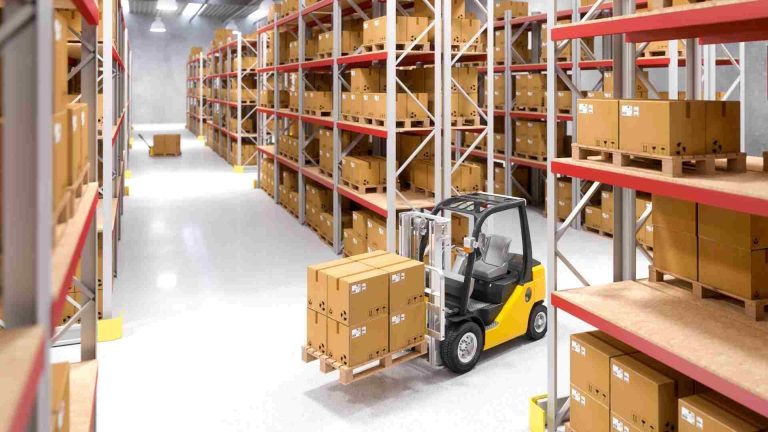Companies are constantly seeking ways to optimize their supply chain processes. One innovative solution gaining traction is Vendor-Managed Inventory (VMI). Let’s delve into the details of how cutting-edge vmi services can revolutionize your supply chain management.
Importance of Supply Chain Streamlining
- Efficiency Boost
Implementing vmi services results in a significant boost in operational efficiency. With real-time data sharing and collaboration between suppliers and buyers, the supply chain becomes more agile, responsive, and adaptable to market changes.
- Cost Savings
Cost-effectiveness is a key driver for companies adopting VMI. By reducing excess inventory and eliminating stockouts, organizations can achieve cost savings associated with carrying and storing inventory.
Understanding VMI Services
- Vendor-Managed Inventory Explained
VMI involves a close partnership between suppliers and buyers. The supplier monitors inventory levels, manages replenishments, and ensures that the buyer has the right amount of stock at all times. This proactive approach minimizes delays and disruptions in the supply chain.
Advantages of VMI
- Real-time Inventory Visibility
One of the primary advantages of VMI is the enhanced visibility it provides into inventory levels. With real-time data, both suppliers and buyers can make informed decisions, reducing the risk of stockouts or overstock situations.
- Demand Forecasting
VMI facilitates accurate demand forecasting. By analyzing historical data and current market trends, suppliers can anticipate future demand, ensuring optimal inventory levels and minimizing excess stock.

Implementing Cutting-Edge VMI Services
- Technology Integration
Cutting-edge VMI services leverage advanced technologies such as RFID, IoT, and AI. These technologies provide real-time tracking, automate data collection, and enhance communication between suppliers and buyers.
- Automation
Automation is a key component of VMI implementation. Automated ordering, invoicing, and inventory tracking systems streamline processes, reduce manual errors, and improve overall efficiency.
Challenges and Solutions
- Overcoming Implementation Challenges
While VMI offers numerous benefits, implementing it comes with challenges. Address common hurdles and provide solutions to ensure a smooth transition to VMI.
Future Trends in VMI
- Evolving Technologies
Explore the future of VMI and emerging technologies that will shape the landscape. Stay ahead of the curve by understanding how these innovations can further optimize supply chain processes.
How VMI Enhances Collaboration
- Strengthening Supplier Relationships
Discover how VMI fosters collaboration and strengthens relationships between suppliers and buyers. A collaborative approach ensures mutual success and sustainability.
Measuring VMI Performance
- Key Performance Indicators (KPIs)
Identify the key metrics to measure the success of VMI implementation. Monitoring KPIs provides valuable insights into the efficiency and effectiveness of the supply chain.























